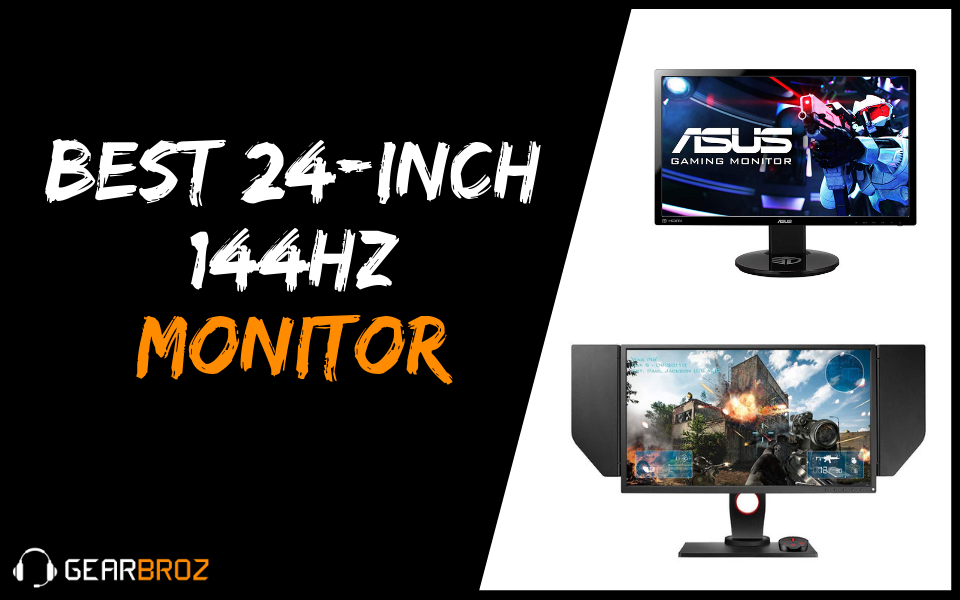Contents
Today, we’re going to talk about 24-inch, 144 Hz monitors. But why focus on such a specific category?
The reason is that 144 Hz monitors are quickly becoming the standard for gaming. We’ve written about refresh rates in the past, but here’s a quick refresher. The refresh rate measures how many times your monitor refreshes the image every second.
Basically, it’s the upper limit to your frames per second (FPS). So, a 144 Hz monitor will allow you to run your games at 144 FPS instead of maxing out at 60. That’s a significant improvement over older, 60 Hz hardware. Needless to say, an ultra-fast monitor won’t do you much good if your graphics card can’t run your game any faster than 60 FPS. If you’re not sure, run a benchmark test and find out.
As for the 24-inch size, it’s the ideal size for viewing at a normal gaming distance. Much smaller, and you’ll start having trouble making out fine details. Much larger, and you’ll be too close to the screen to see everything comfortably.
Here are a few other things we considered when making our choices.
Lag Time
Lag time is the amount of time it takes from when your graphics card updates the image to when your monitor makes the changes on screen. A low lag time, more than a few milliseconds, will put you at a disadvantage in competitive gaming.
All of the monitors we chose have a lag time of 1ms, which gives you as much of a gaming edge as a monitor can provide.
Panel Type
Another thing to consider if you’re shopping on your own is the type of LCD panel the monitor uses. There are three main types: TN, IPS, and VA. Now, the differences between them are pretty technical, but here’s what it comes down to: IPS and VA panels display brighter, more vibrant colors, but they cost more and have a longer lag time. TN panels have slightly less vibrancy and a narrower viewing angle, but cost less and have a shorter lag time.
All the monitors we chose utilize TN panels. Maybe in the future we’ll see some IPS or VA monitors that run at 144 Hz, but the technology just isn’t there yet.
Other Features
Of course, there are other things you’ll want to think about. Here are a few.
- Input types. HDMI is currently the standard, but DisplayPort technology is becoming more common on high-performance systems. If you can get a monitor that has both, it will be more future-proof.
- Curved or flat. Many people feel that a curved screen provides a more immersive experience. However, think about your lighting situation before you buy one. They’re more prone to glare.
- Backlighting is by no means an essential feature. But it makes long gaming sessions easier on your eyes.
- Having your speakers inside your monitor means you won’t need to spend more money just to get sound. It also frees up space on your desk.
Editor’s Choice: BenQ ZOWIE XL2536
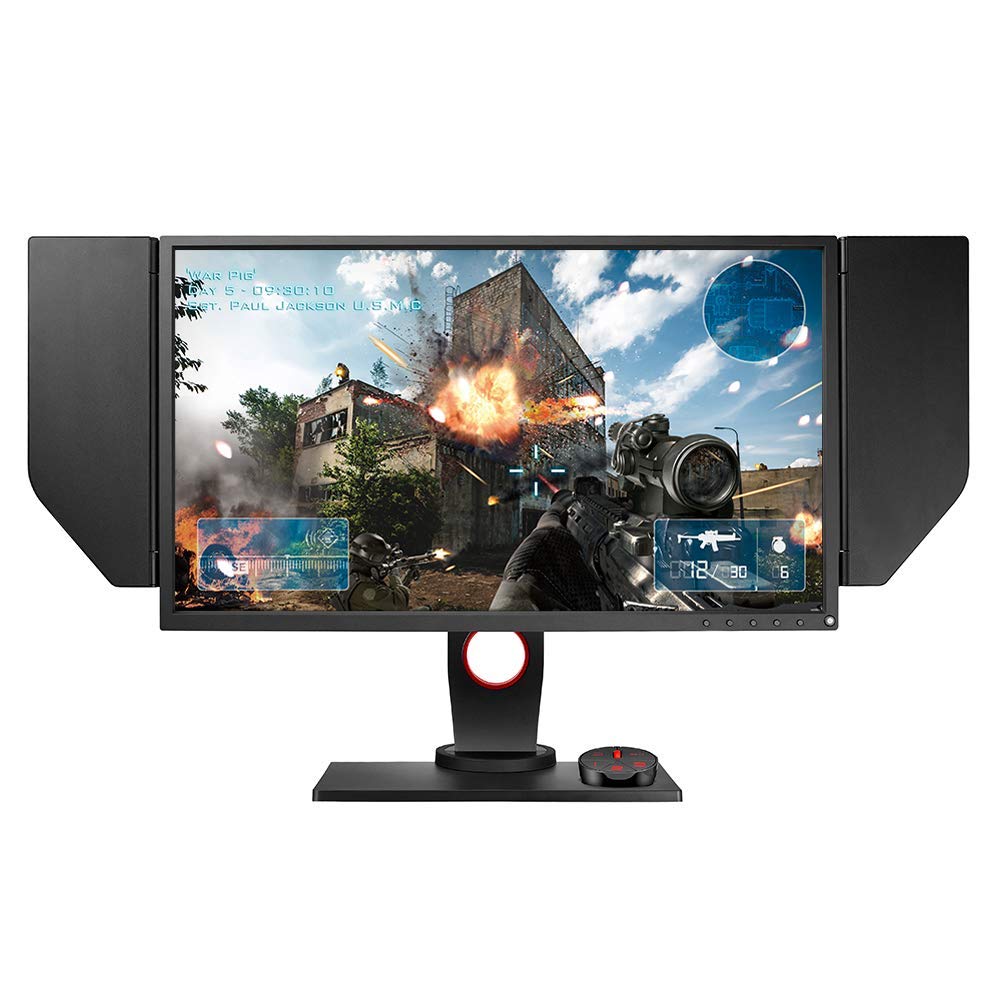
This monitor is a good choice for just about any application. It allows you to set three different color balance profiles, and switch between them with the push of a button. If you want a high contrast setting for reading news articles, and more detail in the black for gaming, you can make the change quickly and easily.
This monitor has removable side shields that block light from coming in from the sides, reducing glare. It also offers a DisplayPort and Dual-Link DVD input in addition to standard HDMI, so it will work with your next graphic card as well as your current one. The only downside is the price, but you expect to pay more for a high-end monitor like this.
Pros:
- 3 color balance presets
- Multiple video inputs
- Removable, glare-blocking side shields
Cons:
- Expensive
Asus VG248QE
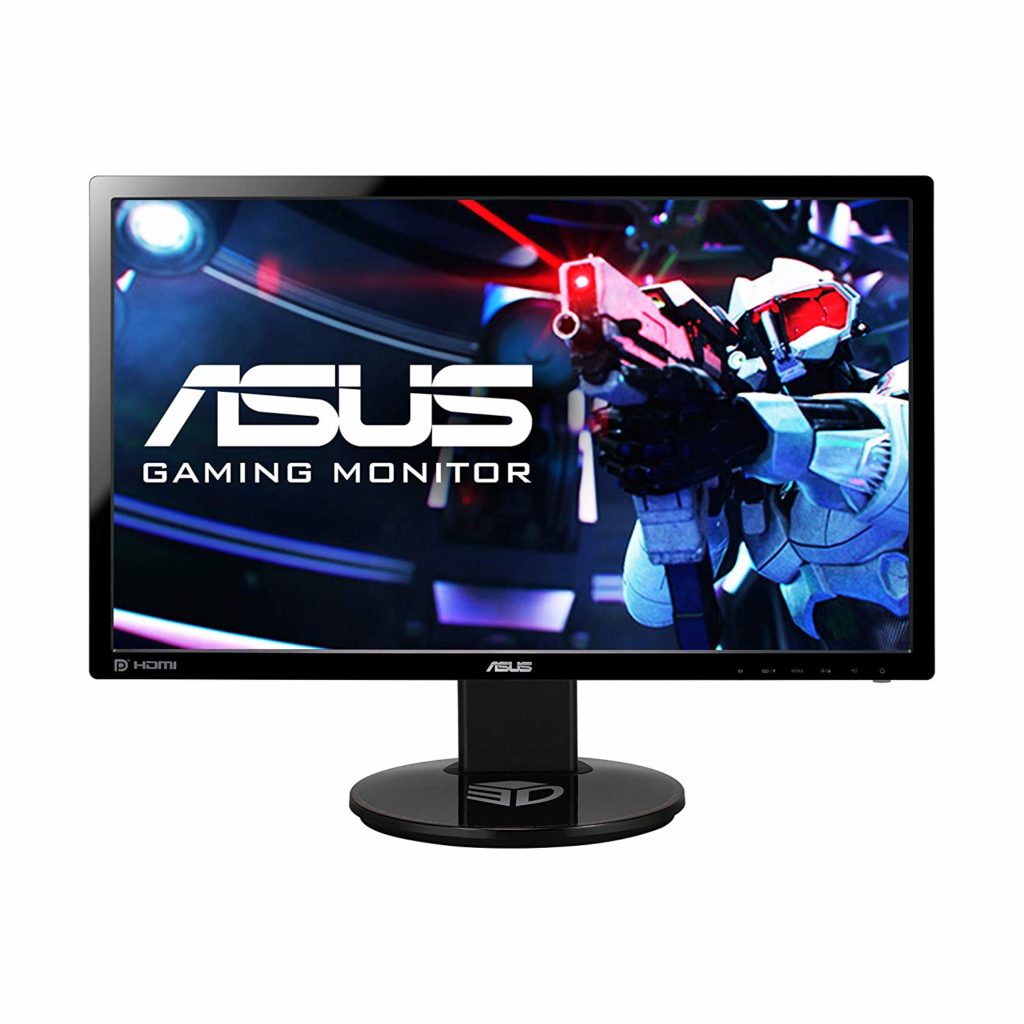
This monitor is specialized for playing fast-paced, reaction-based games like Destiny or Overwatch. It has an optional crosshair overlay, which is pretty cool if you want to turn off your games’ crosshairs and use the same crosshair for all your games.
This monitor also comes with built-in, 2-watt speakers, and features three input ports: a DisplayPort, a Dual-Link DVD, and HDMI. However, the colors are noticeably dull compared to what you’ll see on a more vibrant display.
Pros:
- Optional crosshair overlay
- Built-in speakers
- Multiple video inputs
Cons:
- Lackluster vibrancy
Sceptre C248B
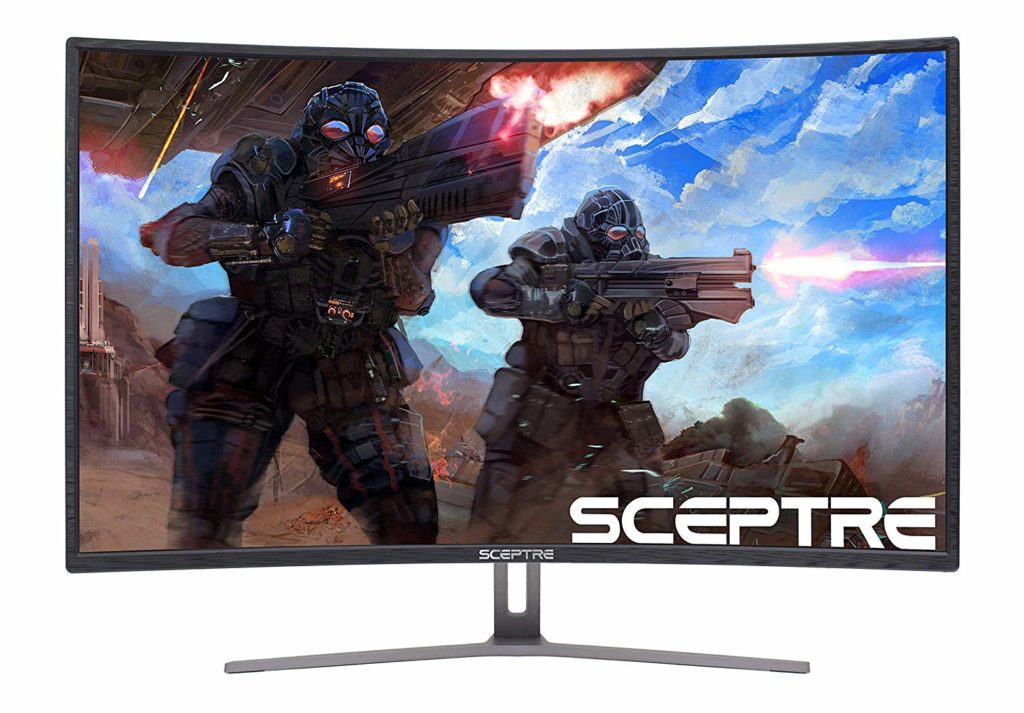
This monitor is a great, affordable option that will get you into 144 Hz at a price that won’t break the bank. It has a curved profile, which provides a more immersive experience. Not only that, but it offers a DisplayPort and Dual-Link DVD input, which is impressive for the price.
That said, the screen is fairly dim, particularly in the white range, which has a faint yellow tinge.
Pros:
- Curved profile
- Multiple display ports
- Affordable
Cons:
- Dim whites
ViewSonic Elite XG240R
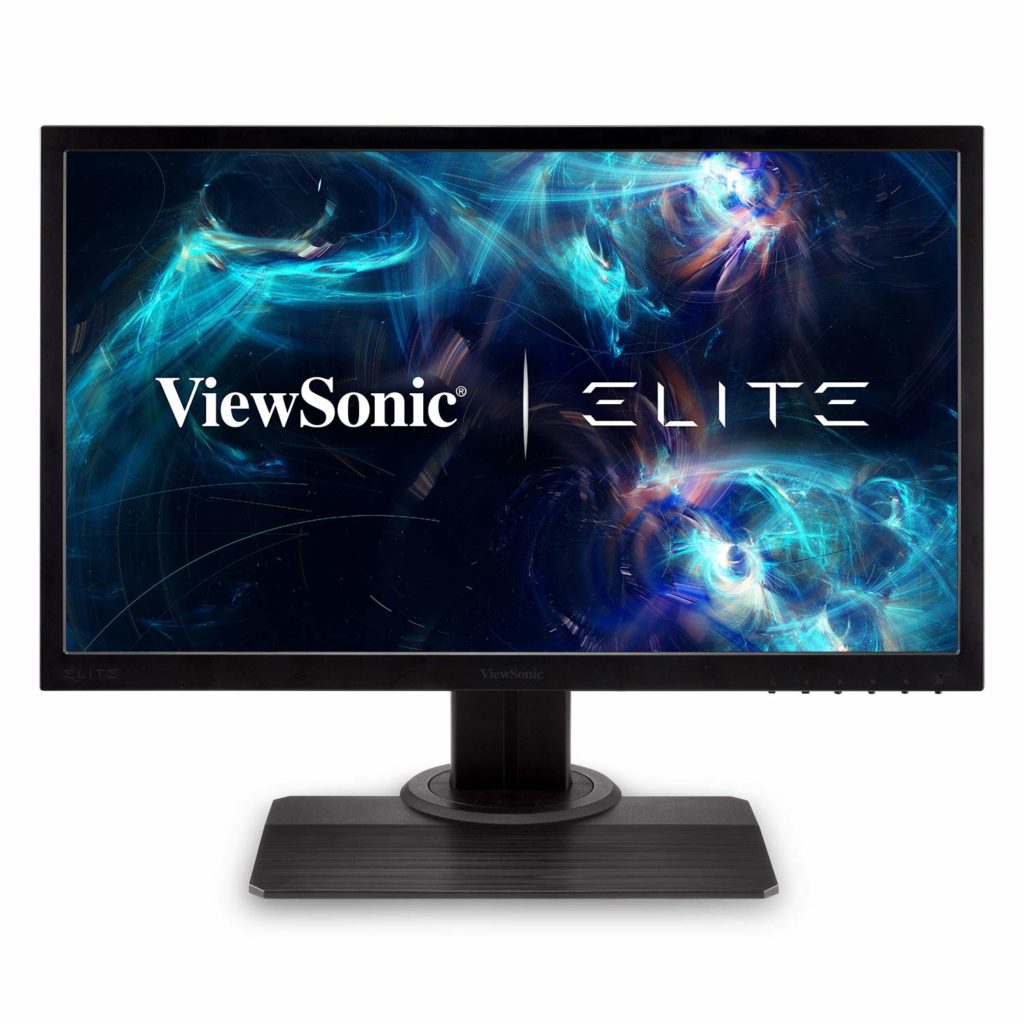
We really like the RGB backlight on this monitor. It changes color along with your screen, which really makes a difference when you’re playing Battlefield for hours on end. It also offers both HDMI and DisplayPort inputs, so you won’t have to worry about it becoming obsolete any time soon.
While the ViewSonic is fast and responsive, it suffers from the same defect as most fast-refreshing monitors: poor vibrancy. It’s a great choice for gaming, but not for doing any kind of design work.
Pros:
- RGB backlight
- HDMI and DisplayPort inputs
Cons:
- Lackluster vibrancy
Verdict
Look, these are all great monitors. The Sceptre’s curved profile provides an immersive experience. The ViewSonic offers RGB backlighting to take the strain off your eyes. And the ASUS has built-in speakers that save both your money and your desk space.
All of that being said, our choice for best 24-inch, 144 Hz monitor is the BenQ Zowie XL2536. The multiple color presets allow you to quickly switch to the ideal settings for whatever game you’re playing, and the side shields can prevent glare. If your number one priority is to have a crisp, clear image, with a rich color balance, it’s hard to go wrong with this monitor.

